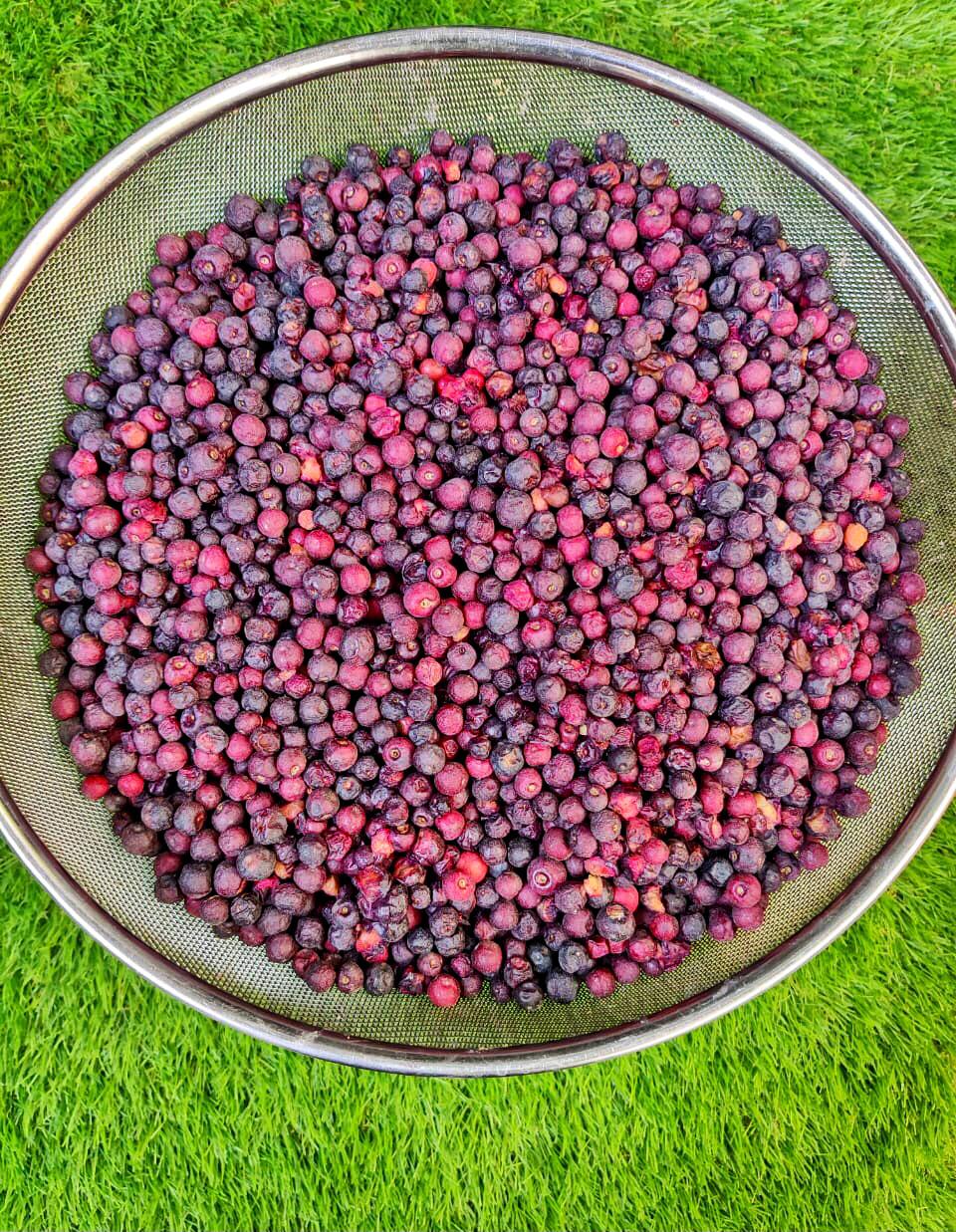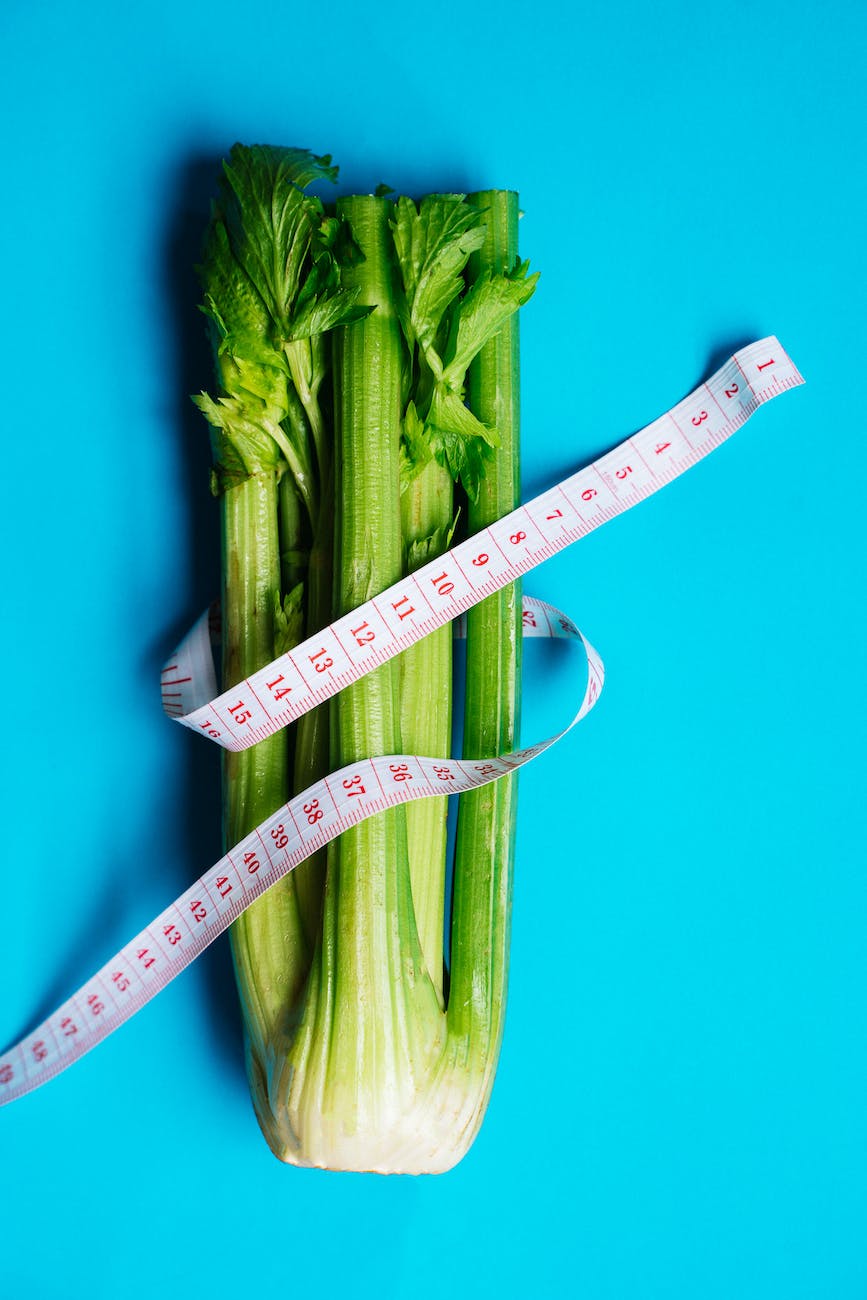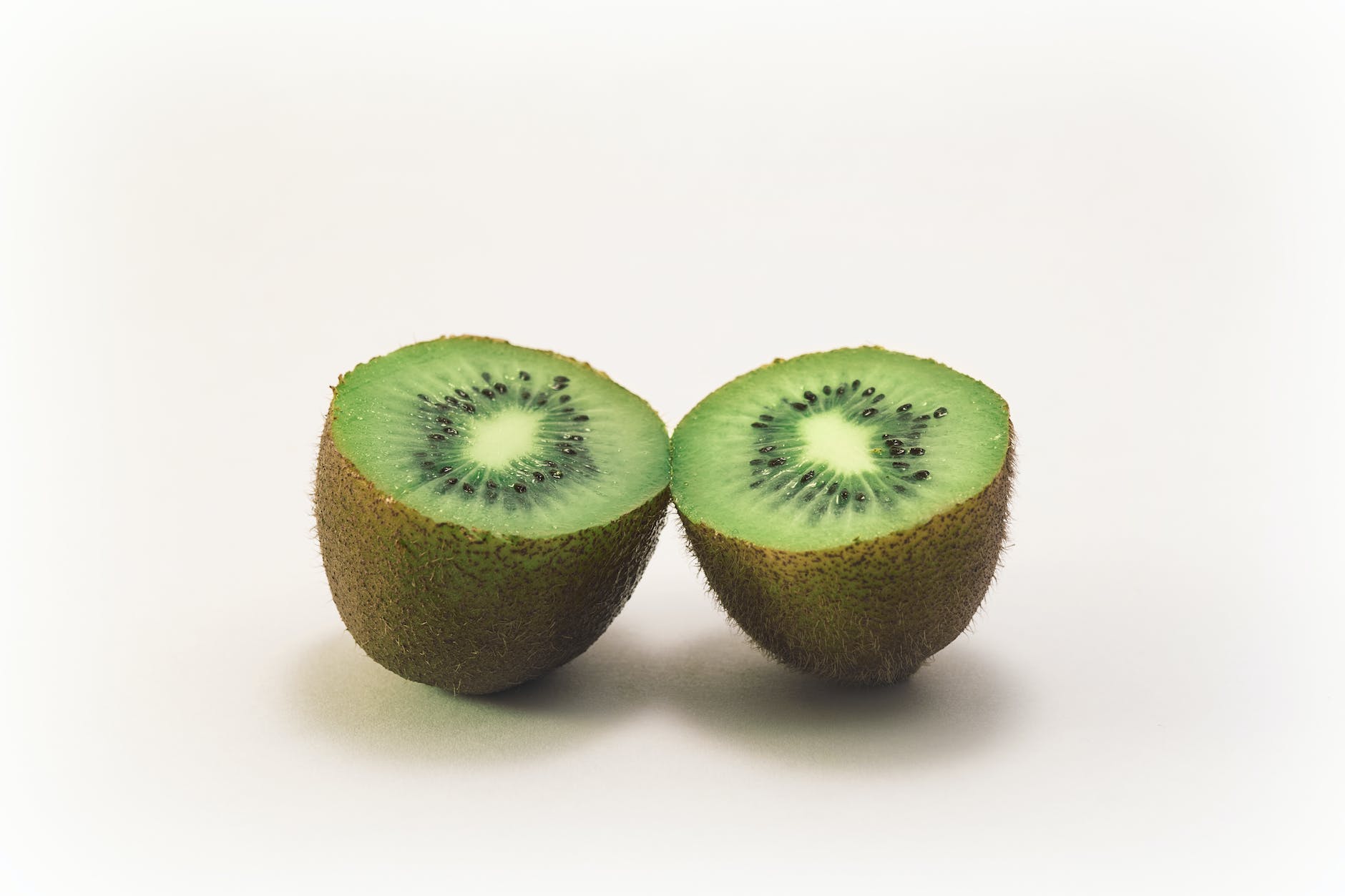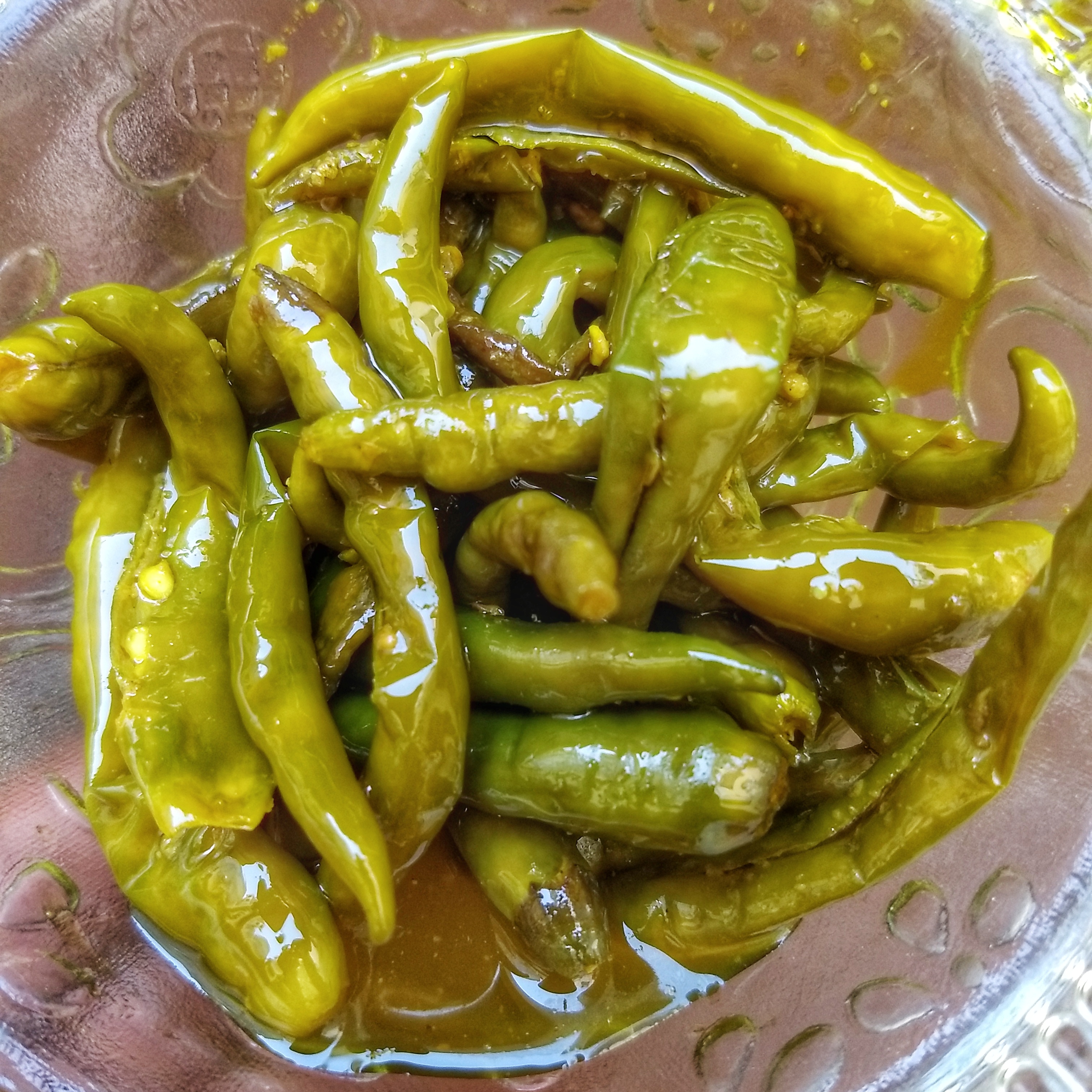
Jamun, also known as Indian Blackberry or Java Plum, is a fruit that’s as rich in taste as it is in health benefits. This dark purple fruit, with its unique sweet and sour flavor, is a summer favorite in many parts of the world. But did you know that Jamun is also packed with nutrients and has been used in traditional medicine for centuries? Let’s dive into the world of Jamun and discover what makes this fruit so special.
🌍 Jamun Across India: A Fruit of Many Names and Traditions 🌍
Jamun, a fruit that paints our tongues purple and fills our hearts with joy, is known by various names across the diverse regions of India. Each region not only has a different name for this delightful fruit but also unique traditions and uses associated with it. Let’s take a journey across India and explore the many avatars of Jamun:
- Hindi (North India): Known as जामुन (Jamun) in Hindi, this fruit is a popular choice for making sherbets and desserts in North India. The sight of street vendors selling these purple delights is a common summer spectacle in this region.
- Bengali (East India): In Bengal, Jamun is called কালজাম (Kalojam). The fruit is often used in the preparation of local desserts and is a key ingredient in the Bengali pantry during the summer months.
- Gujarati (West India): Known as જાંબુડી (Jambudi) in Gujarati, Jamun is often consumed fresh or used to make refreshing drinks in Gujarat. The fruit is also offered in temples as a part of religious rituals.
- Kannada (South West India): In Karnataka, Jamun is known as ನೇರಳೆ (Nerale). The fruit is often used in traditional medicine in this region, and the Nerale tree is considered sacred by the local communities.
- Malayalam (South India): Known as നാവൽ (Naaval) in Malayalam, Jamun is a part of many traditional recipes in Kerala. The fruit is also used in Ayurvedic medicine for its numerous health benefits.
- Marathi (West Central India): In Maharashtra, Jamun is called जांभूळ (Jambhul). The fruit is a common sight in the local markets during the summer season, and its juice is a popular refreshment.
- Punjabi (North West India): Known as ਜਾਮੁਨ (Jamun) in Punjabi, this fruit is often consumed fresh in Punjab. The tree is also grown for its timber in this region.
- Tamil (South East India): In Tamil Nadu, Jamun is known as நாகப்பழம் (Nagapazham). The fruit is often used in local desserts and drinks, and the tree is commonly found in the region’s temples.
- Telugu (South Central India): Known as నేరేడు (Neredu) in Telugu, Jamun is a part of many traditional Andhra recipes. The tree is also considered sacred, and its wood is used in various religious rituals.
As we travel across India, we see that Jamun is not just a fruit, but a part of the country’s cultural and culinary fabric. Each region has its unique way of enjoying this delightful fruit, making it a truly Indian treasure.
💪 Health Benefits of Jamun 💪
Jamun is not just a tasty fruit, but also a powerhouse of health benefits. Here are a few reasons why you should include Jamun in your diet:
- Rich in Antioxidants: Jamun is packed with antioxidants that help fight free radicals and prevent oxidative stress, reducing the risk of chronic diseases like cancer and heart disease. 🛡️
- Good for Diabetics: The fruit, its leaves, and seeds are known to help regulate blood sugar levels, making it a great choice for people with diabetes. 🩺
- Aids Digestion: Jamun is high in dietary fiber, which aids digestion and prevents constipation. 🍽️
- Boosts Immunity: Jamun is rich in Vitamin C, which boosts immunity and helps your body fight off infections. 💪
- Improves Bone Health: Jamun is a good source of calcium, potassium, and iron, which are essential for maintaining bone health. 🦴
🌿 Jamun in Traditional Medicine and Modern Research 🌿
Jamun has been a cornerstone in traditional medicine systems like Ayurveda, Unani, and Chinese medicine for centuries. Its therapeutic properties have been lauded in ancient texts, and modern research is now validating many of these claims. Let’s delve into the role of Jamun in traditional medicine and what contemporary science has to say about it:
Traditional Medicine Systems:
- Ayurveda: In Ayurveda, Jamun is known as ‘Jambul’ and is considered a ‘Pitta’ pacifying fruit. It is used in the treatment of diabetes, liver disorders, and digestive issues. The bark, leaves, and seeds of the Jamun tree are also used for their medicinal properties.
- Unani: The Unani system of medicine uses Jamun for its cooling properties. It is recommended for ailments related to heat and bile. Jamun juice is also used as a diuretic and for its beneficial effects on the digestive system.
- Chinese Medicine: In traditional Chinese medicine, Jamun is used to treat digestive disorders, specifically diarrhoea and dysentery. It is also believed to have detoxifying properties.
Modern Research:
Modern scientific research is beginning to understand the health benefits of Jamun:
- Antidiabetic Properties: Several studies have shown that Jamun has antidiabetic properties. The seeds, in particular, contain jamboline, a type of glucoside that helps regulate blood sugar levels.
- Antioxidant Effects: Jamun is rich in antioxidants, which help protect the body against damage from free radicals. This can potentially reduce the risk of chronic diseases like heart disease and cancer.
- Anti-inflammatory Properties: Research has also shown that Jamun has anti-inflammatory effects, which can help reduce inflammation in the body.
- Digestive Health: Just as in traditional medicine, modern research also supports the use of Jamun for digestive health. It can help in the treatment of digestive disorders like diarrhoea and dysentery.
While the health benefits of Jamun are promising, it’s important to remember that more research is needed. Always consult with a healthcare provider before starting any new treatment or making significant changes to your diet.
🍽️ Culinary Uses of Jamun 🍽️
The delightful Jamun fruit, with its unique sweet and tangy flavour, lends itself beautifully to a variety of culinary creations. Let’s explore the many ways you can incorporate this nutritious fruit into your diet:
- 🍇 Fresh Off the Tree: There’s nothing quite like biting into a fresh, juicy Jamun fruit. Enjoy them as a healthy snack, straight off the tree. The burst of flavors is sure to leave you refreshed!
- 🍹 Jamun Juice: Beat the summer heat with a glass of chilled Jamun juice. Its sweet-tart taste is not only refreshing but also packed with health benefits. Add a dash of lemon and a sprinkle of black salt for that extra zing!
- 🍞 Jamun Jam: Transform your breakfast toast with a spread of homemade Jamun jam. The unique flavor of Jamun lends a delightful twist to your regular jam and makes for a great start to your day.
- 🍨 Jamun Desserts: From ice creams to sorbets, puddings to pies, Jamun can be used to create a range of delectable desserts. Its vibrant color and distinct flavor can elevate any sweet dish.
- 🥘 Jamun Sauce: For a unique culinary experiment, try making a tangy Jamun sauce. It can be a great accompaniment to grilled meats or a flavourful base for your curries.
- 🥗 Jamun Salad: Add a handful of fresh Jamun fruits to your salads for a burst of flavor and nutrition. The sweet and tangy taste of the fruit pairs well with leafy greens and citrusy dressings.
Remember, the possibilities are endless when it comes to cooking with Jamun. So, don’t be afraid to get creative and try out new recipes with this versatile fruit!
🍹 Jamun Shikanji: A Sip of Childhood Memories 🍹
Do you recall those sweltering summer afternoons when you returned home from school, and your mother greeted you with a glass of chilled Shikanji? We’ve taken that cherished memory and added a twist of Jamun to it. Our Jamun Shikanji Concentrate is a delightful blend of the tangy-sweet flavor of Jamun and the invigorating zest of lemonade. It’s a refreshing drink that not only cools you down in the summer heat but also brings back those treasured childhood memories. Made with 100% natural ingredients, this concentrate offers a healthy and nostalgic way to enjoy the benefits of Jamun. And the best part? Your children will absolutely love it!
🍇 Jamun Relish: A Taste of Tradition 🍇
Our Jamun Relish is a tribute to the traditional Indian kitchen where fruits were not just eaten but also transformed into jams, pickles, and relishes. This relish captures the distinct flavor of Jamun in a form that can be enjoyed in many ways. Spread it on your morning toast, use it as a topping for desserts, or add it to your savory dishes for a tangy twist. Each spoonful of this relish brings the goodness of fresh Jamun and a taste of tradition to your table. It’s a delightful way to introduce your children to the flavors of our heritage.
A Nostalgic Journey of Flavors with Jamun 🎁
There’s something incredibly satisfying about making your own food from scratch, especially when it involves a fruit as versatile as Jamun. You can find numerous recipes online to make your own Jamun Shikanji or Jamun Relish. The process of selecting the ripest Jamuns, blending them into a concentrate or cooking them into a relish, can be a delightful experience. It’s a wonderful way to introduce your children to the joy of cooking and the flavors of our heritage.
However, achieving the perfect balance of flavors can be a challenge. And that’s where we come in. Our Jamun Shikanji Concentrate and Jamun Relish are crafted with care to ensure that you get the perfect blend of sweetness, tanginess, and the distinct flavor of Jamun in every spoonful.
These products are more than just food items; they are a journey down memory lane. The Shikanji takes you back to those carefree summer afternoons of your childhood, while the relish brings back the warmth of your grandmother’s kitchen. Made with 100% natural ingredients, these products offer a perfect blend of health, taste, and nostalgia.
So, whether you’re a food lover, a health enthusiast, or someone who cherishes their memories, our Jamun duo is a delightful experience you wouldn’t want to miss. And for your children, it’s a delicious way to explore the rich tapestry of Indian flavors. So why wait? Bring home the taste of tradition and the joy of nostalgia with our Jamun products today!













